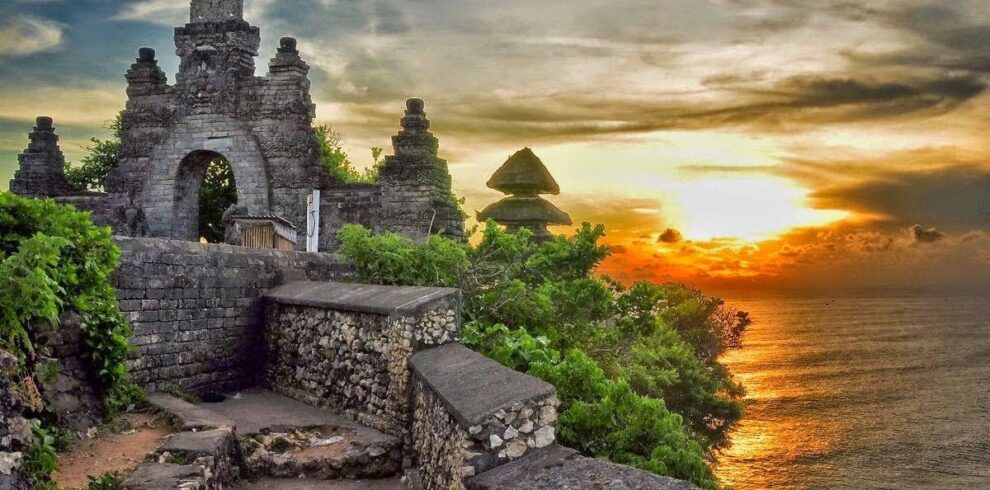What is Nyepi Day?
Nyepi Day, often called the “Balinese Day of Silence,” is the most important and sacred Hindu holiday celebrated on the island of Bali, Indonesia. It marks the start of the Saka New Year, a day reserved for self-reflection, meditation, and introspection. Unlike other New Year celebrations around the world, Nyepi is not characterized by parties or fireworks. Instead, it is a day of absolute silence, with activities across the island coming to a complete stop.

The unique observance of Nyepi attracts the curiosity of travelers and spiritual seekers from all corners of the world. Many visitors plan their trips around this special day. They want to experience the cultural and spiritual depth of Bali.
In this comprehensive guide, you’ll learn about the history, philosophy, traditions, and modern-day observance of Nyepi Day in Bali. You’ll also discover what to expect as a visitor and how to respectfully experience this profound day.
Read Here: Ulun Danu Beratan: A Majestic Icon of Bali’s Spiritual Heritage
1. The Meaning and Philosophy of Nyepi
Nyepi originates from the Balinese Saka calendar, which is based on the lunar cycle. It falls on the first day of the Saka New Year, typically in March, although the exact date changes every year. The term “Nyepi” comes from the word “sepi,” which means silent or quiet in the Balinese language.

The core philosophy of Nyepi is self-purification. It is a time to cleanse both the inner self and the outer world of negativity, evil spirits, and impurities. The Balinese believe that by observing complete silence and reducing activity to a bare minimum, they can fool evil spirits into thinking the island is deserted. As a result, these spirits will leave Bali in peace for another year.
In addition to its spiritual significance, Nyepi also serves as a reminder to live in harmony with oneself, others, and the natural world. It emphasizes introspection, simplicity, and gratitude.
2. The Origins and History of Nyepi
Nyepi has been celebrated in Bali for centuries, rooted in Balinese Hindu cosmology. The Saka calendar was introduced by Indian influences around the 8th century. Over time, the unique blend of Hinduism and indigenous Balinese beliefs gave rise to this one-of-a-kind New Year celebration.
Historically, Nyepi was a way for Balinese people to align themselves with cosmic balance, known as “Tri Hita Karana.” This philosophy promotes harmony between humans and God, humans and other humans, and humans and the environment. Nyepi was designed as a sacred day to realign the universe and maintain peace and order on Earth.
3. The Sacred Rituals Leading Up to Nyepi Day
Nyepi Day is not just a one-day event. It is part of a series of elaborate ceremonies and rituals that span several days. Each of these rituals holds deep cultural and spiritual significance.
a. Melasti Ceremony (3-4 Days Before Nyepi)
The Nyepi festivities begin with Melasti, a purification ritual that takes place on the beach or near lakes and rivers. During this ceremony, Balinese Hindus cleanse sacred temple objects and symbols of worship (pratima and arca) by bathing them in holy water.
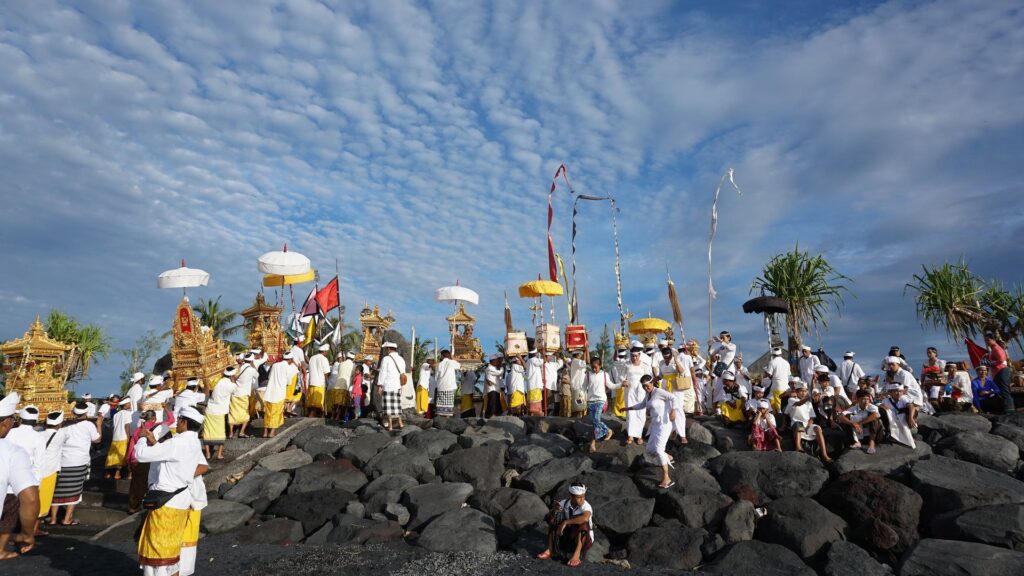
Melasti is not just about purifying sacred objects. It also symbolizes the cleansing of impurities within individuals and communities. People dress in ceremonial white clothes, and the atmosphere is reverent and serene.
b. Tawur Kesanga and Ogoh-Ogoh Parade (The Day Before Nyepi)
On the eve of Nyepi, the energy in Bali shifts dramatically. This is the day of Tawur Kesanga, a large exorcism ritual designed to expel negative forces and evil spirits from villages and homes.
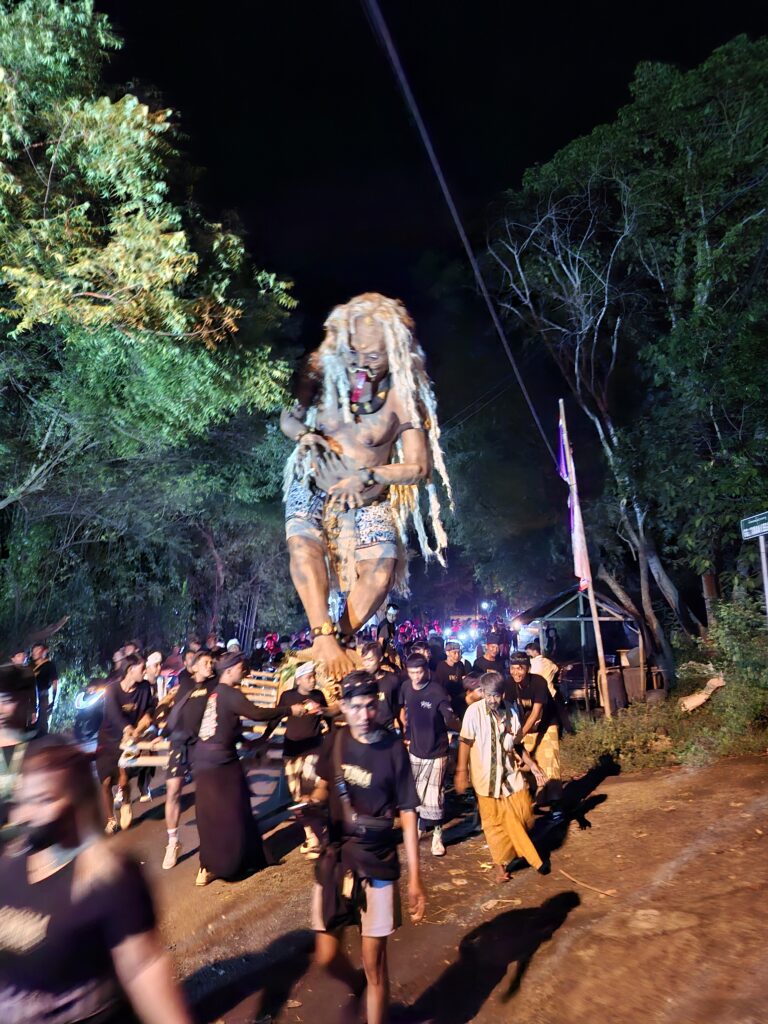
The most iconic part of this ritual is the Ogoh-Ogoh parade. Ogoh-Ogoh are giant, colorful papier-statue representing demons and malevolent spirits. Crafted by local villagers, these towering figures can be terrifying and grotesque in appearance.
As night falls, these Ogoh-Ogoh are paraded through the streets with loud gamelan music, chanting, and dancing. The spectacle is thrilling and energetic, drawing crowds of spectators. At the end of the parade, the Ogoh-Ogoh are typically burned in a symbolic act of purification, signifying the destruction of evil.
4. Silence Day: A Day of Silence and Reflection
Nyepi itself is observed with complete silence and inactivity. The island of Bali comes to empty and no activities from 6:00 AM until 6:00 AM the next day. During this 24-hour period, four key prohibitions are followed, known as Catur Brata Penyepian.
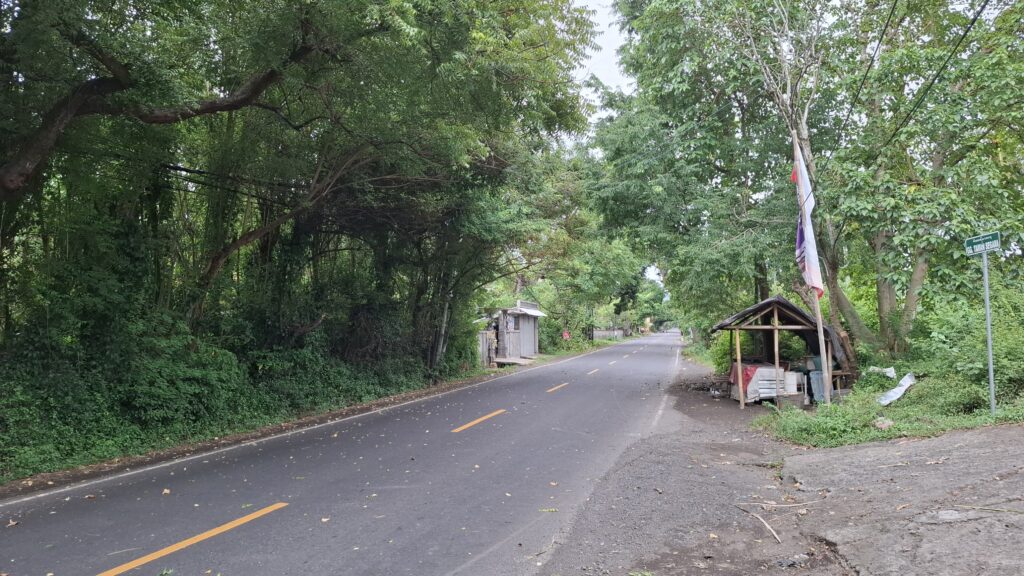
The Four Prohibitions of Nyepi:
- Amati Geni – No fire or light (including no electricity).
- Amati Karya – No working or physical activity.
- Amati Lelungan – No traveling; everyone stays inside their homes.
- Amati Lelanguan – No entertainment or pleasure activities.
Even Ngurah Rai International Airport, one of Indonesia’s busiest airports, shuts down for an entire day. The streets are empty, businesses close, and even tourists are expected to stay inside their accommodations.
The atmosphere during Silence Day is unlike anything else in the world. Without cars, motorbikes, or human activity, the sounds of nature emerge in full clarity. Birds chirp, insects buzz, and the wind rustles through trees. The night sky becomes incredibly clear, revealing a blanket of stars due to the absence of artificial light.
5. Ngembak Geni: Reconnecting After Nyepi
The day after Nyepi is called Ngembak Geni, which translates to “relighting the fire.” This is when normal activities resume, and families and communities gather to ask forgiveness from one another, resolving conflicts and strengthening social harmony.
People visit relatives, friends, and neighbors to exchange blessings and well-wishes for the new year. It is a day of renewed relationships and fresh starts.
6. The Environmental Impact of Nyepi Day
In addition to its spiritual significance, Nyepi has a positive environmental impact. The complete shutdown of activity across Bali results in:
- Dramatic reductions in air pollution due to the absence of vehicles and industrial activity.
- Lower energy consumption as lights and appliances are turned off.
- Less noise pollution, allowing the island’s wildlife to thrive without disturbance.
- Cleaner beaches and waterways after the prior Melasti purification rituals.
Many environmental activists cite Nyepi as an example of sustainable living, offering lessons for reducing human impact on the planet.
7. Nyepi Day for Tourists: What to Expect
As a tourist in Bali during Silence Day, you will experience a once-in-a-lifetime opportunity to witness a cultural event that is deeply spiritual and unique.
Guidelines for Visitors:
- You must stay within your hotel or villa grounds.
- You are expected to keep noise levels to a minimum.
- Hotels typically offer limited services. Many provide meals, books, and cultural activities in-house.
- Internet and television access may be restricted.
- Outdoor lights are turned off, and you are encouraged to avoid using bright lights inside as well.
Some hotels offer special Nyepi retreat packages, focusing on wellness, yoga, meditation, and digital detox experiences. It’s a great opportunity to slow down, reflect, and recharge.
8. Ogoh-Ogoh: The Cultural and Artistic Expression
The creation of Ogoh-Ogoh effigies is a community-driven effort that showcases the creativity and artistry of Balinese villages. In the weeks leading up to Nyepi, villagers (especially the youth groups called Sekaa Teruna Teruni) collaborate to design and build these massive statues.

Ogoh-Ogoh are usually made from bamboo frameworks, covered with paper, cloth, and painted in vibrant colors. They often depict traditional Balinese demons, but modern designs sometimes feature social commentary, including caricatures of politicians or symbolic representations of environmental issues.
The Ogoh-Ogoh parade is not only a spiritual practice but also a community celebration, fostering cooperation and pride within each village.
9. Nyepi Beyond Bali: Observances in Other Parts of Indonesia
While Nyepi is most closely associated with Bali, it is also celebrated in Lombok, parts of Java, and other regions with significant Balinese Hindu populations. However, the island-wide shutdown is unique to Bali.
In other areas, the restrictions are typically less strict, but the spirit of reflection and spiritual cleansing remains.
10. Nyepi in Modern Times: Tradition Meets Contemporary Life
Nyepi has adapted to modern life while maintaining its ancient traditions. In recent years, there has been a growing movement to expand the Nyepi philosophy globally. Initiatives like “World Silent Day” encourage people worldwide to take a day for reflection and reduced consumption.
Technology has also changed how people experience Nyepi. Social media campaigns raise awareness about the holiday, and many Bali-based influencers share their Nyepi reflections online in the days before and after the observance.
Despite modernization, the core values of Nyepi—spiritual balance, community harmony, and environmental stewardship—continue to resonate deeply.
11. Practical Travel Tips for Experiencing Nyepi
If you plan to visit Bali during Nyepi, consider these essential travel tips:
- Book accommodation early, as many travelers come specifically for Nyepi.
- Purchase supplies (snacks, drinks, books) ahead of time, since shops close during Nyepi.
- Be respectful of local customs and avoid making loud noises or using bright lights.
- Embrace the digital detox and use the day to meditate, journal, or read.
- Participate in Melasti and Ogoh-Ogoh festivities for a deeper understanding of Balinese culture.
Conclusion: Nyepi Day’s Profound Impact
Nyepi Day is more than just a cultural observance; it is a powerful spiritual and environmental event that showcases the heart and soul of Bali. The Day of Silence offers everyone—local or visitor—a chance to pause, reflect, and connect on a deeper level.
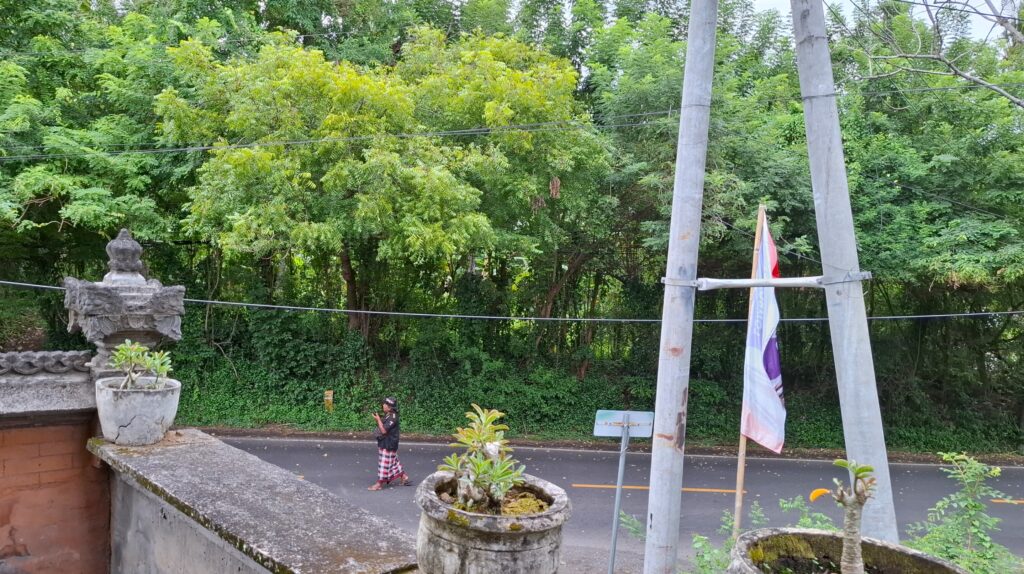
Experiencing Nyepi can be transformative. It encourages a slower pace, a moment of silence in an otherwise hectic world, and a deeper appreciation for the simplicity and spirituality of Balinese life.
Whether you are drawn to Nyepi for its cultural richness, spiritual practice, or environmental impact, it is an experience that will stay with you long after the day has ended.
Read Here: Goa Gajah, Penglipuran Village & Hidden Waterfalls Tour
The Best Trip Destination
Bali, Indonesia, beckons with its diverse allure. Explore Ubud’s cultural treasures, witness the iconic Tanah Lot Temple at sunset, and surf the waves of Kuta Beach. Discover the scenic beauty of Tegallalang Rice Terraces and embrace the lively atmosphere of Seminyak. Dive into the underwater wonders of Amed, relax on the pristine shores of Nusa Dua, and wander through ancient temples in the heart of Bali. Whether seeking vibrant nightlife, serene landscapes, or cultural richness, Bali’s enchanting destinations cater to every traveler’s desire.
Ubud (13 Trips)
Eastern Bali (6 Trips)
Southern Bali (5 Trips)
Northern Bali (5 Trips)
Nusa Penida Island (4 Trips)
Western Bali (5 Trips)
The Best Activities In Bali
Indulge in Bali’s diverse activities, from surfing the waves in Kuta to exploring cultural treasures in Ubud. Snorkel vibrant coral reefs in Amed, trek lush rice terraces, and rejuvenate in serene spa retreats. Dive into the lively nightlife of Seminyak, witness traditional dance performances, and sample local delicacies in bustling markets. Whether it’s hiking Mount Batur for a sunrise vista or embracing the spiritual ambiance of ancient temples, Bali offers a kaleidoscope of experiences for every traveler’s passion.




